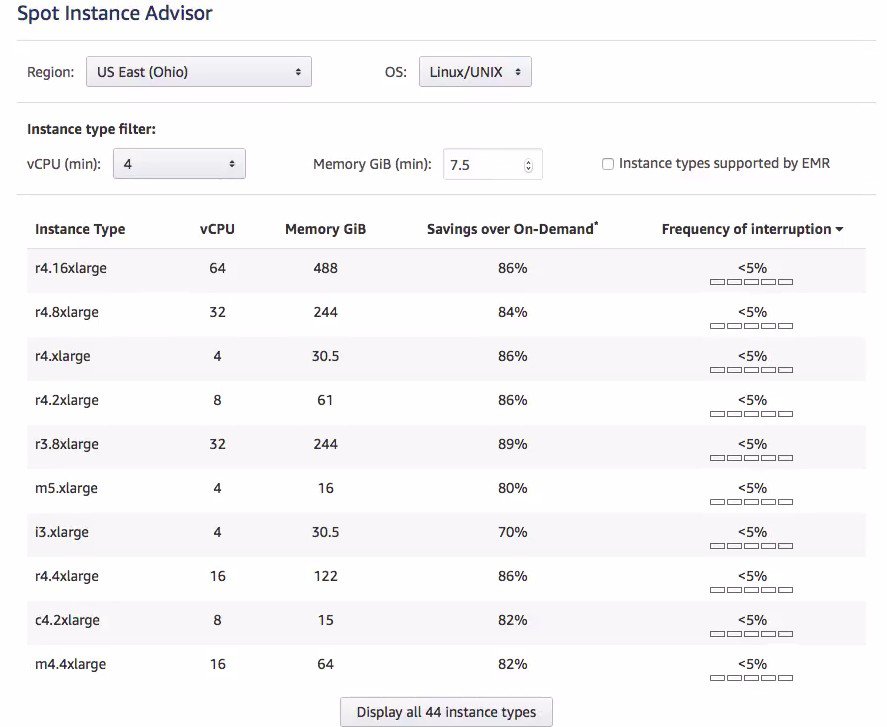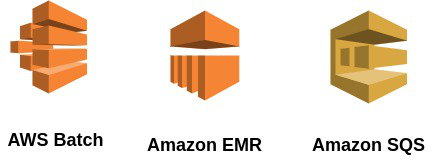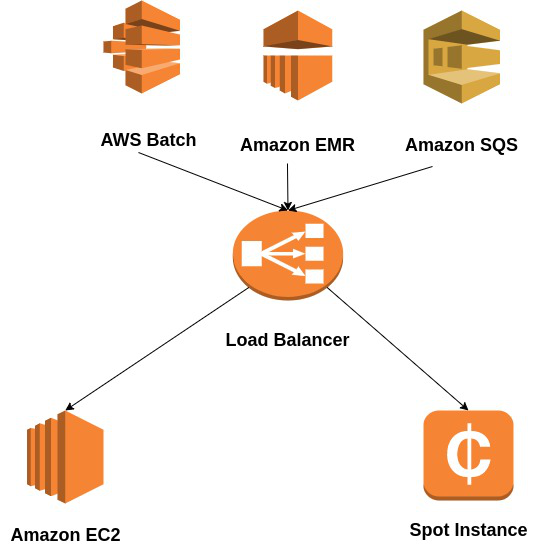Amazon Web Services – Introduction to EC2 Spot Instances
Last Updated :
03 May, 2023
In this article, we will look into the process of profiling your applications and workloads to confirm if they can take advantage of Amazon EC2 spot instances.
Spot instances are spare compute capacity available to you at steep discounts(often as much as 90% cheaper) compared to on-demand prices. The reason you need to qualify for the spot is that the spot is unused easy to capacity and spot instances can be interrupted by EC2 with a two-minute notification when EC2 needs that capacity back.
The Amazon EC2 Spot Instances helps you to take advantage of the unused EC2 capacity in the AWS cloud. So, Spot Instances provides upto 90% of discount compared to On-Demand prices. You can simply use the Spot Instances for many features like fault-tolerant, stateless or flexible applications such as CI/CD(Continuous Integration/ Continuous deployment), big data, some containerized workloads web servers and development workloads. This is Because the Spot Instances are tightly integrated with some of the AWS services like CloudFormation, Auto Scaling, Amazon Elastic MapReduce(EMR), Amazon Elastic Container Service( ECS), AWS Batch and many more, users can easily choose on how to launch and maintain the applications which are running on Spot Instances.
Users can easily combine the usage of Spot Instances with On-Demand, RIs and Savings Plans Instances. So, the users can further optimize the workload of cost with help of performance. Also, due to the operating scaling of AWS, the Spot Instances can also offers the high level scaling and the cost savings ways to run the hyper-scale workloads. There is also option to hibernate, stop or terminate your Spot Instances of EC2 when your EC2 reclaims the capacity back into noticing of two-minutes. But this will only happens on AWS where users have the easy access to unused the compute capacity in a such massive scale.

So while this doesn’t happen all that frequently you do need to be able to handle interruption in order to use the spot effectively. But before moving ahead, we should keep in mind the good practices of the cloud such as:
- Scalability
- Disposable resources
- Automation
- Loosely coupled applications
- No single point of failure
If you’re in a great position to start using spot instances today but instead of diving into all of these cloud best practices let’s just answer one question “What would happen if a server was taken away?”
If your job is time critical the instance must be automatically replaced without human intervention and it should be transparent to your users. That means if it’s big data batch processing or queue processing, the job should automatically restart on a different instance as soon as possible.

If it’s a website your users should be none the wiser. The load balancer automatically sends them to a different instance.

If you aren’t architected for the cloud yet but have a time-insensitive workload you want to save up to 90% on well you’re in luck you can ask AWS to hibernate the instance. When AWS needs the capacity back and will hibernate your memory to disk and then it will start it up again when spot capacity is available just like shutting and reopening your laptop.
Advantages of Using Spot Instances:
- Cost savings: Spot Instances can significantly reduce the cost of running your workloads, as the prices are typically much lower than On-Demand instances.
- Flexible pricing: You can set the maximum price you are willing to pay for a Spot Instance and adjust it to meet your budget and capacity needs.
- Scalability: Spot Instances allow you to scale your compute capacity rapidly up or down based on your workload demands, without any upfront commitment.
- Availability: Spot Instances provide access to unused EC2 capacity in the AWS Region, making it easier to obtain compute capacity when it is needed.
- Integration with other AWS services: Spot Instances integrate seamlessly with other AWS services, such as Auto Scaling, EMR, ECS, and EKS, making it easy to build scalable and cost-effective applications.
However, there are some limitations to consider when using Spot Instances. Spot Instances can be interrupted by Amazon EC2 at any time if the spot price exceeds your maximum price or if Amazon EC2 needs the capacity back. Therefore, Spot Instances are not suitable for workloads that cannot tolerate interruptions, such as real-time applications, critical production workloads, or databases.
Like Article
Suggest improvement
Share your thoughts in the comments
Please Login to comment...